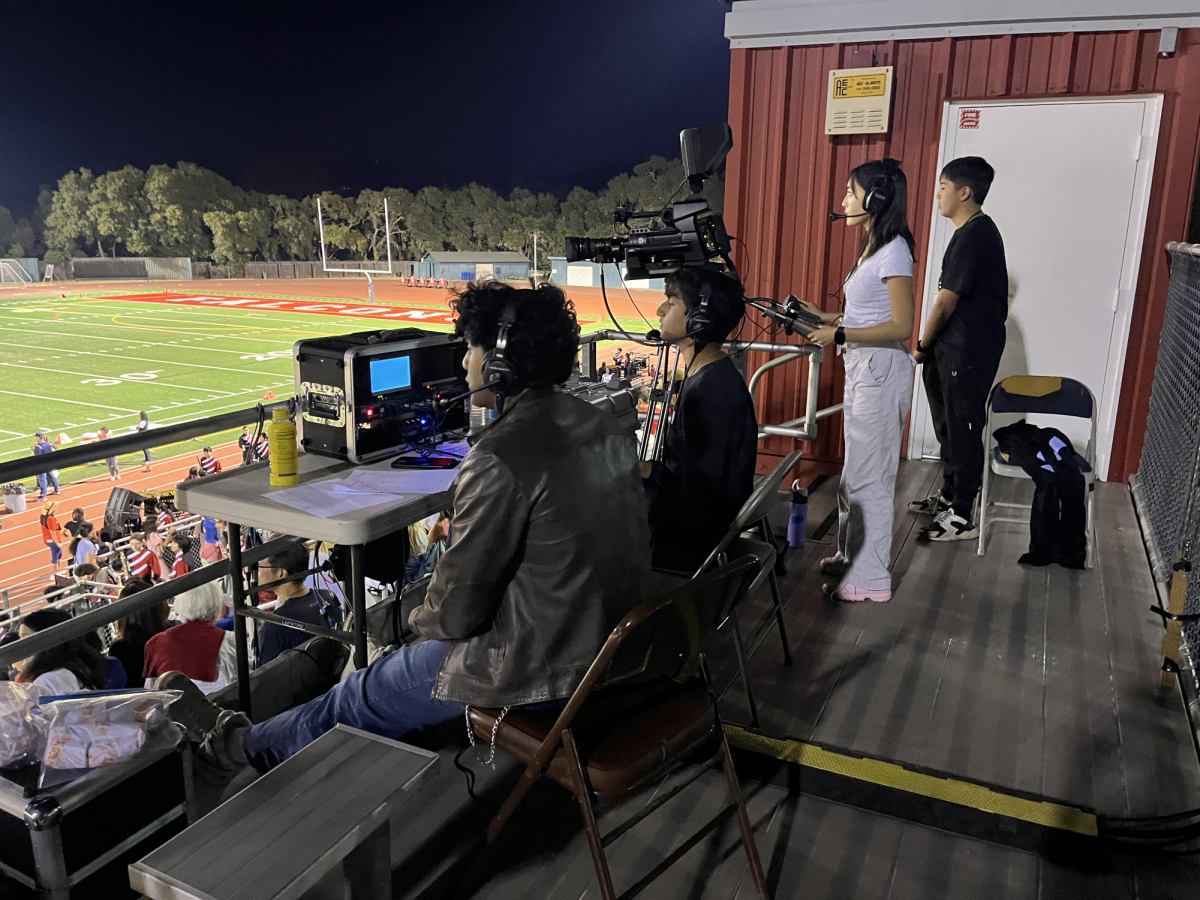As he faces an empty canvas, senior Noah Jung considers the endless possibilities before him: a realistic rendition of the mountains outside, a stylized version of an everyday object. Picking up the brush, Jung begins to create a piece of work that is his, and his alone.
Alone.
Although “alone” may not be the first word that comes to mind when describing art, a major factor influencing Jung’s decision to pursue art is that he can be by himself.
At age 7, Jung began to develop his passion for art with his first art lessons at a private studio in South Korea.
“I immediately fell in love with it,” Jung said. “I loved to spend time by myself working on something so creative. [My] confidence in my talent motivated me to continue it for a long time.”
His initial feelings about art stuck with him as he became more skilled and learned more techniques throughout the years, now focusing on drawing people and ordinary objects.
After moving to the U.S. at the beginning of his freshman year, Jung noticed a distinct difference between art education.
“In Korea, it’s more about technical skills,” Jung said. “They only test you on watercolor, pencil and how well you duplicate the image. Here, it’s more [about] observing and personalizing [the piece.]”
Jung has taken art as an elective all four years and enjoys the creativity and sense of individuality the classes offer, using the opportunity to explore different mediums. For this reason, Jung describes his artistic style as experimental, although he mostly works with oil paint.
For Jung, drawing and interpreting what he sees contributed to a majority of the work in his portfolio, which he submitted early decision to Rhode Island School of Design (RISD), the No. 1 school in the nation for art. In early December, Jung found out he had been accepted.
“I was at school when the admission results came out,” Jung said. “After five minutes of anxiously refreshing my email, I saw an email titled ‘Great News from RISD,’ and started to smile. I think [that was] the biggest smile [I’ve ever] made in high school.”
Jung’s art teacher and mentor, Diana Vanry, was delighted when she heard the great news.
“I remember telling him when I first saw his artwork [his freshman] year, ‘Noah you’re going to be famous someday,’” Vanry said. “At the time he wasn't even considering doing art as a major in college, but I could just see it in him with his drive and passion for art.”
Despite Jung’s relentless dedication to art over the years, he only decided to major in it fairly recently.
Until junior year, Jung assumed pursuing a STEM major was the best path for his future because he enjoys math and because his parents suggested that it is a more practical major. But after taking numerous rigorous classes junior year, Jung felt unfulfilled by the constant competition and stress he experienced.
“I realized that if I am going to compete with [my classmates] who are smart and enjoy what they do, [I would always be stressed] and unsuccessful,” Jung said. “[Instead], I decided to do things that I had confidence in. For me, that was art.”
Jung said the proudest moment of his art career so far has been completing “The Man Thinking How to Get Out of the Wall,” a recycled cardboard sculpture of a man protruding from a wall. It is a project he spent more than 120 hours on.
“I really enjoyed the process of making it; seeing a rough cardboard becoming a human body was really satisfying,” Jung said.
Though introverted, Jung shares his passion for art with others by serving as an academic tutor for Vanry at school. Once a week, he also volunteers at the Academy for Music and Arts for Special Education (AMASE), which partners special education students with volunteers to collaborate on new projects every week.
“[Noah] is just amazingly caring and helpful to other students,” Vanry said. “He has patience and is humble even though he's extraordinarily talented and he works harder than any student I’ve ever seen.”
Just as TAing and AMASE have given Jung opportunities to share his talent, he knows RISD will provide a similar environment in which he can thrive. He is considering both fine arts and graphic design as possible majors.
“Among art schools, RISD not only focuses on technical skills in art, but also intellectual thinking.” Jung said. “While other art schools try to teach their students to become skillful technicians, RISD tries to make their students more thoughtful.”
Jung also anticipates that the great connections that RISD has to offer will cultivate his future career endeavors.
“It’s great to know that whenever I need help, I will have all of these experienced faculty and alumni who can help guide my career as an artist,” Jung said. “Although I’m not very sure what I’m going to major in, or have exact plans for college, I’m excited for what the future has in store.”




























